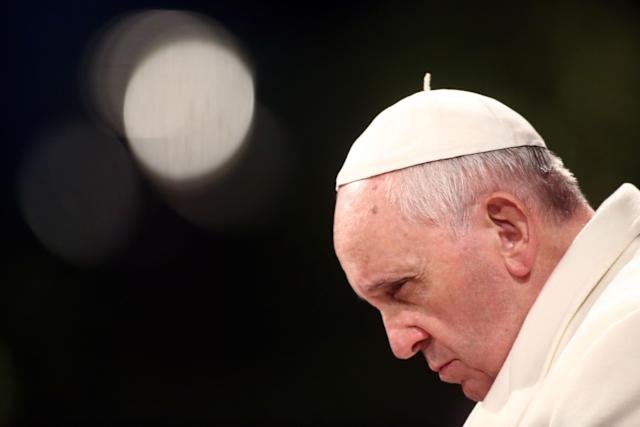Even on his deathbed, Pope Francis didn’t pause from pursuing a dogged campaign that distinguished his reign: reforming the Vatican’s infamously troubled finances. On February 27, the pontiff’s 13th day at Rome’s Gemelli Hospital suffering from exhaustion and bronchitis, the pontiff unveiled the formation of a high-level commission assigned to raise donations for helping plug chronic budget deficits. Francis launched the fund-raising enterprise as a gambit aimed at blunting demands by top officials in the Curia, his vast administrative arm, that the leader of the world’s 1.3 billion Catholics halt his drive for deep spending cuts. The bureaucrats bristled at the Pope’s recent draconian moves: Since 2021, he’d slashed salaries for the Church’s 250-odd cardinals three times. In 2023, he nixed the rich housing subsidies for elite staff, and last September for the first time in decades demanded that the Vatican set a rigorous timeline for achieving a “zero deficit” regime
When Pope Francis passed away at age 88 on Easter Monday in his modest Vatican apartment, his brave campaign had made big strides, but stopped short of the promised landThis writer began covering the Pope’s righteous charge right at the creation. In early 2014, I traveled to Rome for a firsthand view of all the new and historic financial guard rails and disciplines Francis was installing, as well as the influx of business experts he’d summoned across the globe to assist him. (My cover story on the his reform efforts appeared in August of that year https://fortune.com/2014/08/14/this-pope-means-business/.) When Francis took office the previous year, just about everything that involved how the Vatican handled money needed fixing: the huge and ever-rising gap between revenues and expenses; the leadership dominated by clergy lacking expertise in accounting and investing; and a scandal-scarred reputation. The stain of corruption, or at least incompetence, lingered from the Banco Ambrosiano affair of the early 1980s, when financier Roberto Calvi scammed the Institute for Religious Works, a.k.a. the Vatican Bank, in a caper that cost the IOR $250 million and emptied a big portion of its reserves
Days after his institution collapsed, Calvi’s body was found hanging under London’s Blackfriars Bridge; the British courts couldn’t determine whether the cause of death was suicide or murder. Calvi’s schemes duped his “buddy” who headed the IOR, Archbishop Paul Marcinkus, whom in the mid-1980s I interviewed at the IOR’s home in the ninth-century Gothic prison built by Pope Nicholas VI. The six-foot-eight Marcinkus, dubbed the Gorilla, had risen in the Vatican from a power base as Pope John Paul II’s bodyguard. During our meeting, he chain-smoked Camels and pontificated for hours about how the IOR was the Vatican’s biggest moneymaker courtesy of pocketing the “spread” between the tiny interest it paid the Jesuits and other religious orders for their deposits, and the much higher rates it garnered re-channeling those funds to European banks.




